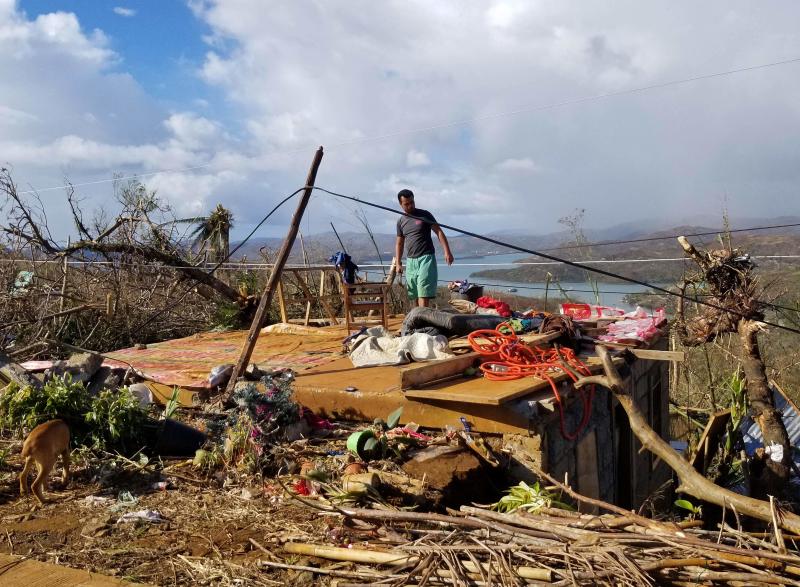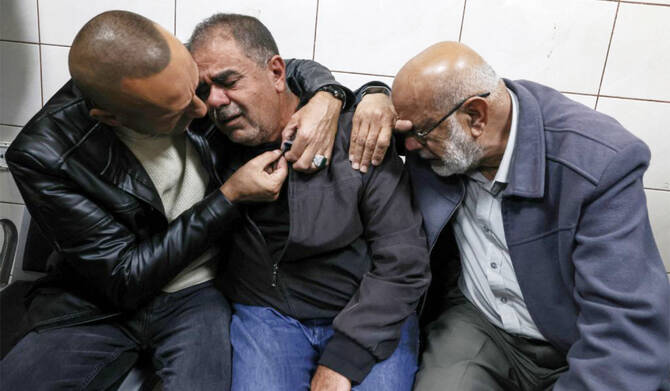The death toll from the strongest typhoon to hit the Philippines this year surpassed 200 on Monday.
The storm tore off roofs, uprooted trees, toppled concrete power poles, smashed wooden houses to pieces, wiped outcrops, and flooded villages — sparking comparisons with Super Typhoon Haiyan in 2013.
The Philippine Red Cross reported “complete carnage” in coastal areas after Typhoon Rai left homes, hospitals, and schools “ripped to shreds.”
At least 208 people were killed and 52 were missing after the latest disaster hit the archipelago, with hundreds more injured after the storm-ravaged southern and central regions, the national police said. More than 300,000 people fled their homes and beachfront resorts as Rai slammed into the country on Thursday as a super typhoon.
Rai was a super typhoon when it smashed into the popular tourist island of Siargao on Thursday, packing maximum sustained winds of 195 kilometers per hour (120 miles per hour). Its wind speeds eased to 150 kph as it barrelled across the country, dumping torrential rain that flooded villages, uprooting trees, and shattering wooden structures.
The Philippines -- ranked as one of the world's most vulnerable countries to the impacts of climate change -- is hit by an average of 20 storms and typhoons every year, which typically wipe out harvests, homes, and infrastructure in already impoverished areas.
Rai hit the Philippines late in the typhoon season — most cyclones typically develop between July and October.
The storm tore off roofs, uprooted trees, toppled concrete power poles, smashed wooden houses to pieces, wiped outcrops, and flooded villages — sparking comparisons with Super Typhoon Haiyan in 2013.
The Philippine Red Cross reported “complete carnage” in coastal areas after Typhoon Rai left homes, hospitals, and schools “ripped to shreds.”
At least 208 people were killed and 52 were missing after the latest disaster hit the archipelago, with hundreds more injured after the storm-ravaged southern and central regions, the national police said. More than 300,000 people fled their homes and beachfront resorts as Rai slammed into the country on Thursday as a super typhoon.
Rai was a super typhoon when it smashed into the popular tourist island of Siargao on Thursday, packing maximum sustained winds of 195 kilometers per hour (120 miles per hour). Its wind speeds eased to 150 kph as it barrelled across the country, dumping torrential rain that flooded villages, uprooting trees, and shattering wooden structures.
The Philippines -- ranked as one of the world's most vulnerable countries to the impacts of climate change -- is hit by an average of 20 storms and typhoons every year, which typically wipe out harvests, homes, and infrastructure in already impoverished areas.
Rai hit the Philippines late in the typhoon season — most cyclones typically develop between July and October.


















